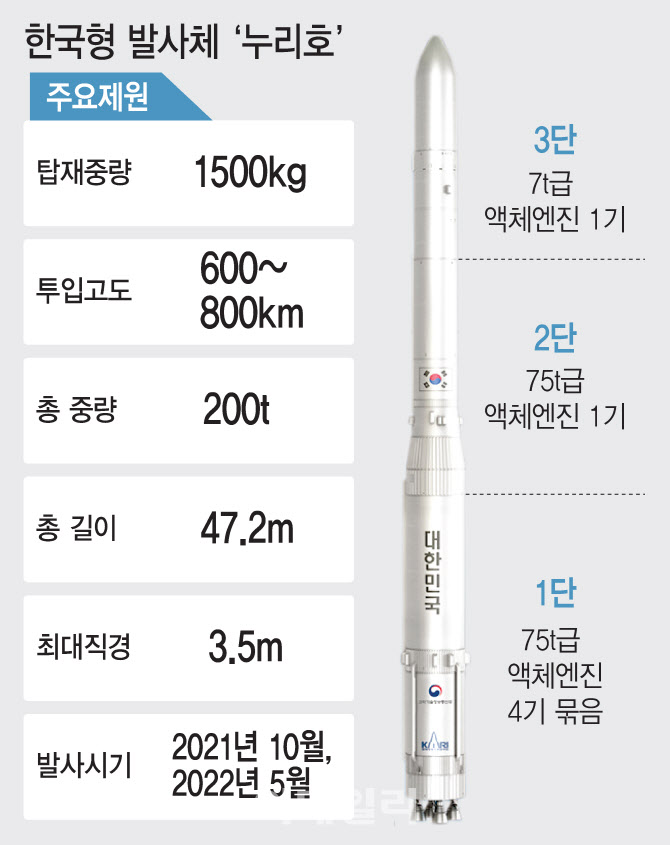|
[이데일리 강민구 기자]“10 seconds before ignition… .” The moment everyone watches with their breath after the announcement ends. Soon a flame sprang up, and a huge roaring sound erupted and a huge amount of smoke (water vapor) rose. The four engines operated as if they were’one body’ and the flames emanated lasted 101 seconds. It has succeeded in verifying the performance and durability of the’clustering’ technology, which is the core of the first stage of the Korean launch vehicle Nuri, which is set to launch in October.
On the 25th, the Korea Aerospace Research Institute completed the second combustion test of the engine for the first stage of the Korean launch vehicle’Nuri’ at the Naro Space Center in Goheung, Jeollanam-do. Due to the rain forecast that day, drone photography could not be done, and although it was a little windy, the test proceeded smoothly.
|
The Korean launch vehicle development project is a project promoted by the Ministry of Science and Technology Information and Communication and the Korea Aerospace Research Institute to develop a space launch vehicle that will send a 1.5-ton low-orbit utility satellite to a solar synchronous orbit (600km-800km) and secure core technologies. From March 2010 to October next year, an investment of 1.957.2 billion won was invested, and 300 industries, including Hang Woo-yeon, are participating. The first stage (four 75-ton engines) △ 1st stage (four 75-ton engines) △ It consists of two stages (one 75-ton engine) and three stages (one seven-ton engine). Korea has previously developed a 75-ton engine for the second stage for the 7th time in the world, and has been conducting a test to bundle (clustering) four engines required for the first stage.
The clustering test is developed and tested for the first time in Korea. The four engines must be ignited at the same time as if they were one engine and exhibited uniform performance in order for the projectile to fly according to the target trajectory. The first stage was considered to be the most important technology to be secured before launch because the engine thrust was larger and the system structure was complex compared to the second and third stages.
When the actual launch occurs, the propellant is used for 127 seconds at the first stage. The anti-accident research team has been promoting the test in three stages (30 seconds, 100 seconds, 127 seconds), and the success of this combustion test leaves only the final test.
Oh Seung-hyup, head of the anti-accidental launch vehicle propulsion engine development department, said, “Through this test, we confirmed the normal combustion process for 101 seconds, and the four engines performed uniformly within 2% of the design range error.” I have crossed the ridge,” he said.
Minister of Science and Technology Choi Ki-young said, “First stage clustering is a technology with high difficulty, and anti-accidental and industrial companies have worked hard to successfully perform 100-second combustion.” “We confirmed that preparations for launching a Korean projectile are proceeding smoothly. The government will also support it to successfully complete the launch of the ship.


